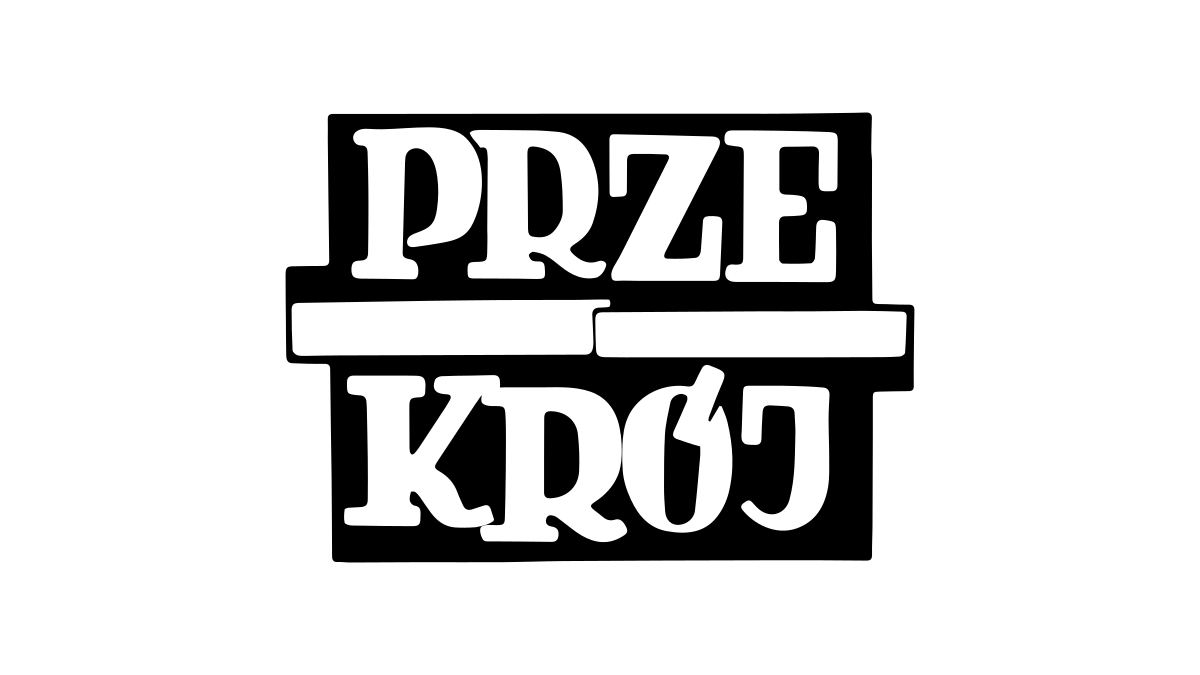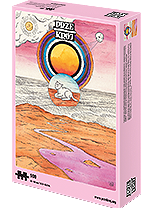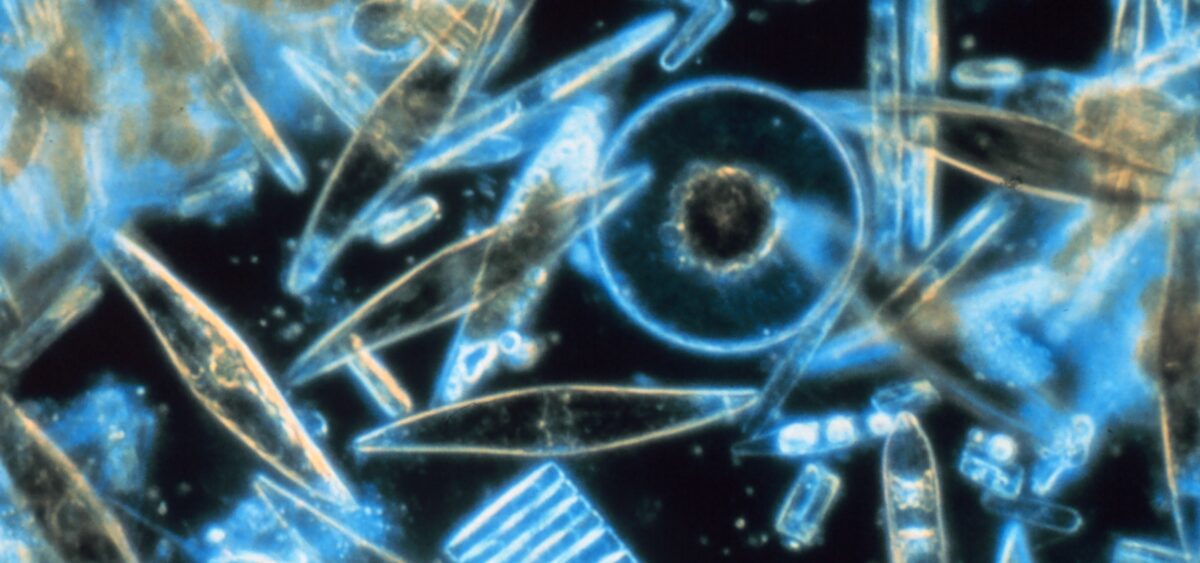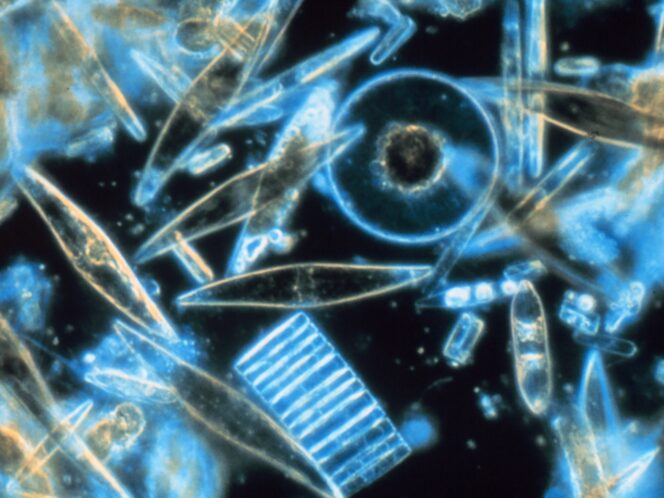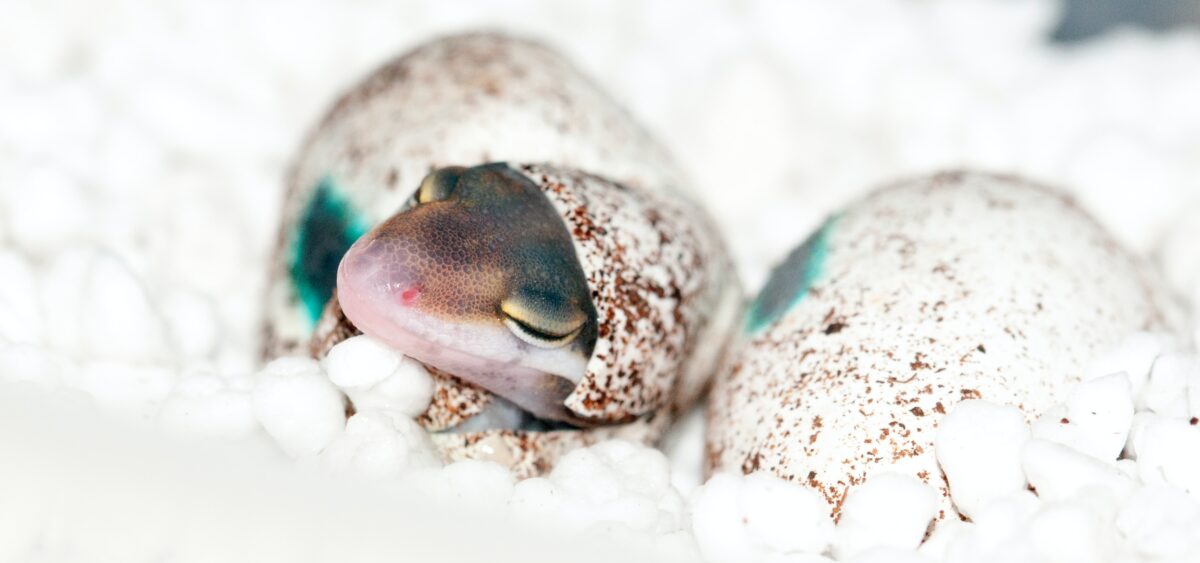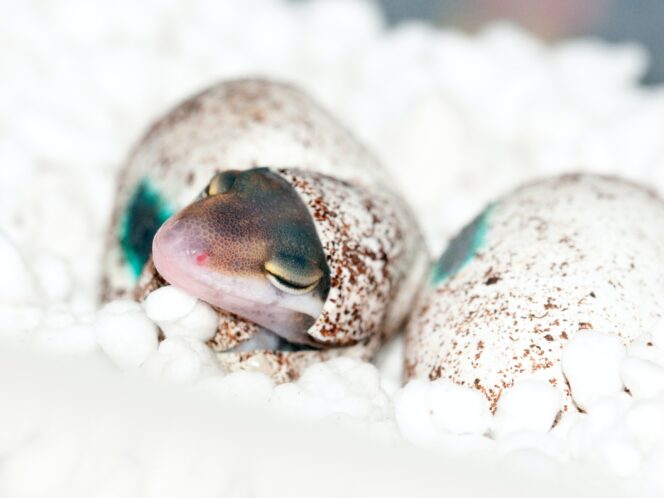
Pyrosomes, siphonophores, bluebottles, dinoflagellates, diatoms and many other tiny inhabitants of the oceans are filigree titans, carrying the planet’s vegetation on their flagella, feelers, cilia and limbs.
Most of us only become interested in plankton when a mass bloom of cyanobacteria means that Baltic bathing beaches are shut, or when green soup instead of water in a lake makes us reconsider swimming there. Sailors also associate plankton with green flashes that delight the eye when the water is stirred. I, too, admired them once on the Atlantic, in the depths of night.
For others, it also carries a political association, like almost everything recently, from colourful atmospheric phenomena to apples and Budapest. At best, it arouses our indifference (as much as indifference can be ‘aroused’, but that’s a question for philosophers), and more frequently, our aversion. We are completely unaware that without plankton we would not be alive.
Knights’ helmets and Death Stars
Plankton is life in trillions of pieces. It is made up mostly of very small organisms (and even entities which don’t really deserve to be called organisms, such as viruses). But one doesn’t need to be microscopic to be part of plankton: it also contains the so-called megaplankton, or jellyfish with a diameter of many centimetres, thaliaceans (salps and pyrosomes), as well as cephalopods, amphipods and siphonophores, such as the Portuguese man o’war, also known as the bluebottle or the floating terror. All these fascinating creatures share one characteristic with their smaller siblings: they have very limited influence over the direction of their movement and are generally condemned to drift passively in the currents – it is that feature which determines whether an organism is part of plankton. This doesn’t mean, of course, that plankters are unable to move
